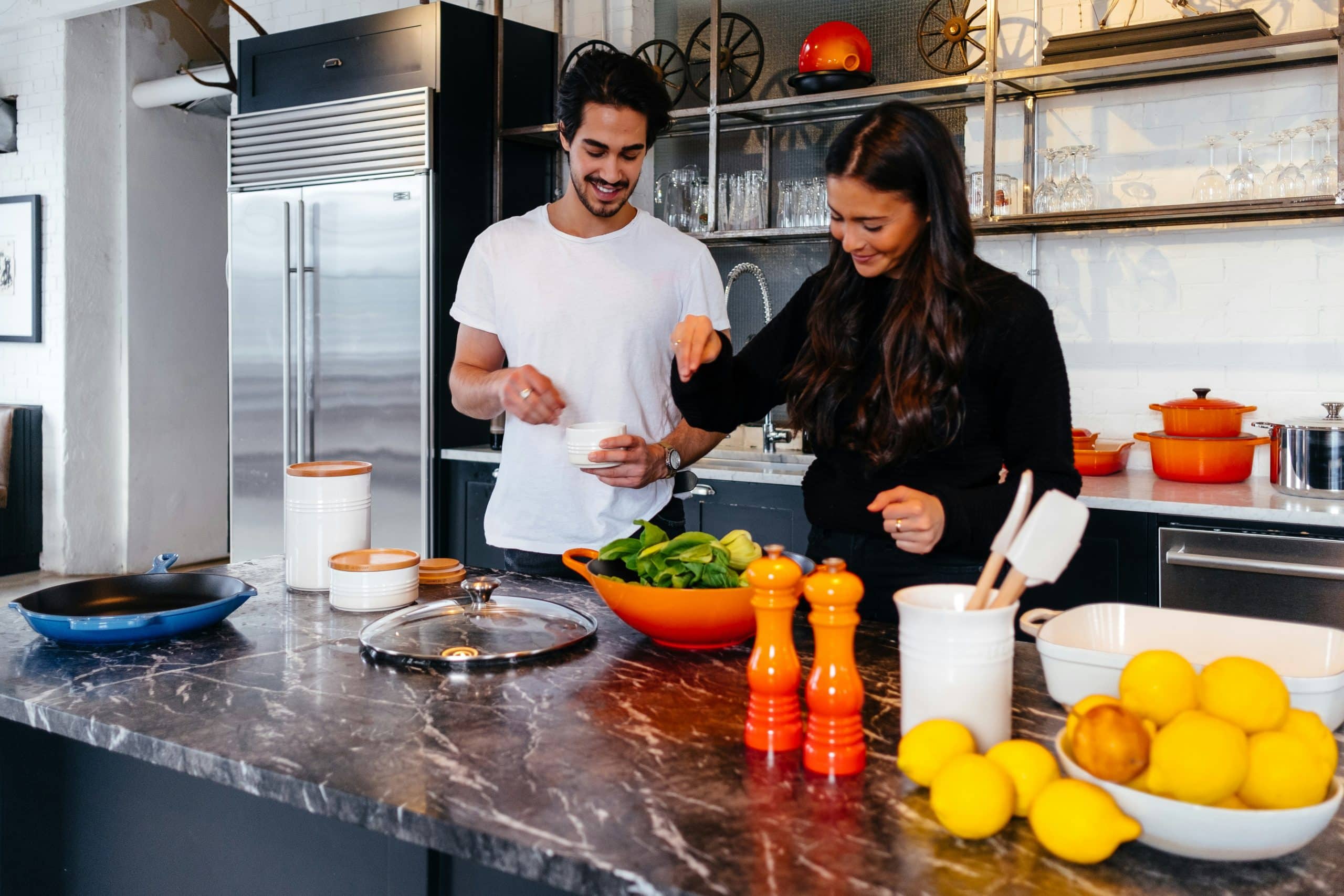Baking is a blend of science and art. It is a craft that turns simple ingredients into delicious and eye-catching culinary creations. But, it’s not just about following the recipe. The best bakers have a deep understanding of the techniques that bring about the perfect taste and texture in their baked goods. Whether you are a beginner or a seasoned baker, mastering these basic techniques will significantly enhance your baking skills.
Understand Your Ingredients
Before you get started with the actual baking, you need to have a comprehensive understanding of your ingredients. Different ingredients have unique roles in baking and contribute to the final product’s texture, flavor, and appearance.
A lire aussi : The secrets of barbecue cooking
Flour, for instance, is the structure of your baked goods. The protein in flour forms gluten when mixed with water – giving your bread or cakes their shape. Sugar, on the other hand, sweetens your baked goods and helps them brown. It also absorbs moisture, keeping your cakes moist and fresh. Fats, like butter and oil, add flavor and tenderness. They also incorporate air into your mix, making it light and fluffy.
Eggs act as a binding agent, joining all your ingredients together. They also provide structure and leavening. Lastly, leavening agents like baking soda or baking powder cause your baked goods to rise by producing gas when mixed with moisture and heat.
A lire en complément : The basics of vegetarian cooking
Perfect Your Mixing Technique
The way you mix your ingredients significantly impacts the final outcome of your baked goods. Different recipes require different mixing methods, and knowing when to use each one is crucial.
The creaming method involves beating sugar and fat together until it’s light and fluffy. This technique is often used in cookies and cakes, and it helps to incorporate air into the batter, resulting in a tender crumb. The muffin method, as the name suggests, is used for muffins, quick bread, and pancakes. It involves mixing the dry and wet ingredients separately and then combining them. Keep in mind that this mix should be slightly lumpy. Overmixing will develop too much gluten, making your baked goods tough.
The biscuit method is used for making pie crusts, biscuits, and scones. This method requires the baker to ‘cut’ cold fat into the flour until the mixture resembles coarse crumbs. The dough is then brought together with a liquid – usually buttermilk or cream.
Regulate Your Oven Temperature
Baking is a science that requires precise temperatures for the best results. A few degrees too high or too low can dramatically alter the outcome of your baked goods. Therefore, understanding how to regulate your oven temperature is essential.
Before preheating your oven, make sure it’s empty. Preheat your oven at least 10-15 minutes before you start baking to ensure it reaches the desired temperature. If you suspect your oven isn’t heating correctly, invest in an oven thermometer to check.
Also, remember that opening the oven door lowers the temperature and lets out moisture, which can affect the baking process. Avoid opening the oven door until your baked goods have set, generally around the last third of the baking time indicated in the recipe.
Master the Art of Kneading Dough
If you’re into bread baking, kneading dough is a technique you need to master. It helps to distribute the yeast evenly throughout the dough and develops the gluten, providing the bread with its structure.
To knead dough, you push it away from you with the heel of your hand, then fold it over onto itself and turn it. Aim for a smooth and elastic dough that springs back when poked. However, avoid over-kneading as it can lead to tough bread.
Learn to Adjust Recipes
Once you’ve gotten a hang of the basics, it’s essential to learn how to adjust recipes to suit your preferences. Perhaps you want to replace all-purpose flour with whole wheat, or maybe you want to reduce the sugar content.
When making such adjustments, remember that every ingredient has a role. If you’re reducing sugar, know that it might also affect the texture and color. If you’re switching flours, remember that different types of flours have different protein contents, which will affect the final product’s structure.
With a solid understanding of these basic techniques, you are well on your way to mastering the art of baking. Practice these techniques regularly, and don’t be afraid to make mistakes. Baking, like any craft, requires patience and persistence. Happy baking!
Master the Technique of Whisking and Folding
Whisking and folding are two techniques that are fundamental in baking. Mastering them is sure to take your baking skills to another level.
Whisking is a technique that incorporates air into ingredients. It’s usually performed with a whisk and involves stirring ingredients in a rapid, high-speed, circular motion. This technique is primarily used to blend ingredients smoothly and to incorporate air into the mixture for a light and fluffy texture. It’s commonly used in making whipped cream, meringues, and omelettes.
On the other hand, the technique of folding is used to combine light, airy mixtures (like whisked egg whites or whipped cream) with heavier mixtures (like cake batter), without knocking out the incorporated air. The method involves cutting through the mixture with a spatula, going around the edge and folding the mixture over onto itself.
The art of folding is usually employed in recipes that require a light, airy structure, such as soufflés, mousses, and sponge cakes. The key is to be gentle and patient to prevent deflating the mixture.
Successful mastering of both whisking and folding calls for practice and keen attention to how these techniques change the texture of the baking mixture. With continuous improvement, you’ll certainly notice the difference in the quality of your baked goods.
The Importance of Cooling
One of the most overlooked aspects of baking is the cooling process, which can be just as crucial as the baking itself.
Once your baked goods are out of the oven, they need the right amount of cooling time to set and develop flavors. If cut into too soon, cakes may crumble, and bread might seem doughy. Cookies might also fall apart if you try to remove them from the baking sheet right away.
For most cakes and bread, cooling in the pan for about 10-15 minutes will make them easier to remove. After that, transfer to a wire rack to allow air to circulate and cool the item evenly. For cookies, a few minutes on the hot baking sheet and then transferring to a wire rack works best.
Understanding that cooling is an extension of the baking process will help you exercise patience and resist the urge to slice into your fresh, hot-out-of-the-oven treats.
Conclusion
Baking is indeed a blend of science and art, and mastering the basic techniques is the first step towards creating delicious culinary creations. From understanding your ingredients to perfecting your mixing methods, regulating your oven temperature, kneading dough, adjusting recipes, mastering whisking and folding, and appreciating the importance of cooling, each step in the baking process plays a crucial role in the final product.
Remember, the key to successful baking is practice. Each baking experience gives you the opportunity to learn something new and improve your skills. So, don’t be afraid to experiment and make mistakes along the way. Always keep in mind that “Baking is about enjoying the process, and the sweet reward that comes afterward.” Happy baking!




































